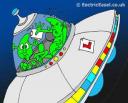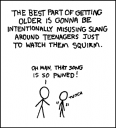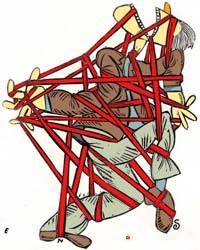Driving me insane; the legendary Spanish driving test.
In case you hadn’t realised, this has turned into a 5 or 6 part series on getting your license in Spain.
Today I attempted the final driving exam for the first time (yes in Spanish). I just got back and I failed. This is despite completing over 3600 practise theory questions in Spanish and almost 30 hours of compuslory driving lessons. Before I continue, I feel that I should say that far from being a loser, for 10 years I have never failed anything I have attempted, but I’m not at all suprised I failed this one.
It’s nothing to do with ability to drive a car. Far from it. It’s more like seeing how well you cope with a national bureacracy.
Apart from that, one of the most difficult parts of the whole learning to drive experience (at least here in Tenerife) is that you are never permitted to use the handbrake, neither on hillstarts nor when parking on slopes (the only exception is when you immobilise the vehicle). I soon mastered that and was feathering that clutch from a standstill up 20% inclined slopes! No not 5 % or even 10 %, but a 20% gradient. Let’s see someone in Australia do that without using a handbrake.
Anwyay, over the last several weeks, I thought I’d come to learn all the ‘tricks’, but such is not the case. ‘Tricks’ you say? Yes they try their utmost to trick you in order to justify more expensive lessons (they tell me that the average is 20). Here is what I encountered over the course of my twenty driving lessons:
- Faded/bent/non-existent «no entrance» signs.
- Faded road markings
- Inconsistent road markings
- Stop signs obscured by tree branches
- Pedestrians hidden and waiting behind large trash containers
- Potholes which can’t be driven over at speed
Now they do their best to devise a circuit to ensure that you’ll encounter the most of the above situations. Of course when you naturally make a mistake, your instructor doesn’t hesitate in pointing it out to you. What that does is it makes you look like you aren’t capable of driving a car on your own yet.
If you travel down a street in 3rd gear, they advise you that you need to go slower in second gear to be prepared for obstacles. Go down the exact same street in 2nd gear the next day and they’ll tell you to change into 3rd to save petrol. Yes, you can follow their instruction for as long as you want, but whatever you do, until you’ve accomplished the unofficial ~20 lessons, no matter what you do, you’re generally fucked. [Read more →]














 Well in recent news, I’ve been banned from the
Well in recent news, I’ve been banned from the  Â
 






